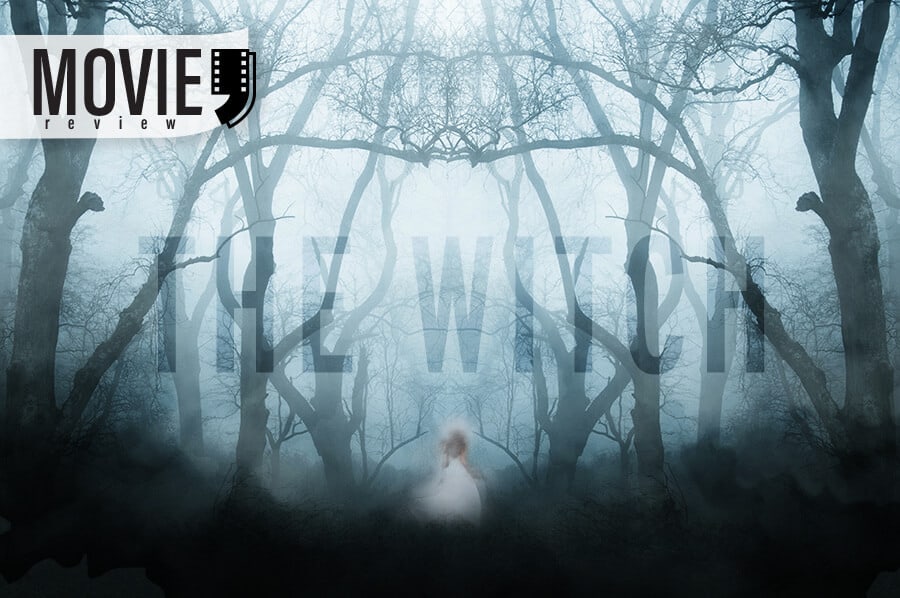Last time, talking about Robert Eggers’s extraordinary ability to bring folk tales and myths to the screen unforgettable, we mentioned the brilliant “The Witch” as another example of the director's work. So, in this review, livestock becomes the Devil and women steal unbaptised newborns to cover their own bodies with babies’ flesh and blood. Unsettling things happen on screen in “The Witch: a New- England Folk tale”.
New Folktale: The Witch
A folkloric story The witch about a prejudiced Christian family who is exiled from their village to an isolated farm near the forest is the inspiration for this film, with the New England accent more present than not.
Two spouses with five children leave a small village and set out for a “holy place” without any people around. They own livestock and plant corn and other crops. Being religious, every day they spend a part of their time praying and identify all the accidents in their lives as acts of God.

One day the mother, Katherine (Kate Dickie), leaves her newborn son, Sam, with her older daughter, Thomasin (Anya Taylor-Joy). Thomasin begins by amusing her small brother, who disappears in an instant. But nobody saw a wolf or a stranger who could steal him. However, the family decides it was a local predator, and the next day the father, together with the son, Caleb (Harvey Scrimshaw), enters the forest to find the baby. Moreover, the father sets traps throughout the forest, to help to find the trapped animal.
But a cruel Witch lives in the woods, an old, ugly woman who covers her body with babies’ blood and appears in the life of the family with a purpose – someone has sold his soul to the Devil. Someone who is one of the protagonists. And the next spoiler – the Devil is among them. You’d better watch this film, and now we look at several points that make it original.
Religion and evil
A Christian family has left their settlement because of their faith. Stubborn and prejudiced, they fall into a blind religion, dividing the world of that time between God and Devil.
From a contemporary point of view, it’s fantastic to see how the embryos of the Christian religion affect life and how complicated it is to explain the world.
Also, in most films of the horror genre, religion is a catalyst to withstand the Devil. However, in this movie, it is the source of weakness, symbolizing a trap and a framework for surviving.
To believe their daughter, the parents adopt an aggressive attitude towards her. Thomasin, left alone both morally and physically, is forced to protect herself.
But how does she do that – another reason to watch the film.
The Plot changes places
The Witch appears at the very beginning of the film! But don’t think it is the most significant part and thereby nothing too scary. A waste of time!
The Director shows us the continuation of the scene in which Sam is stolen. But the Witch appears only because she is not a central character in the plot. As I’ve already mentioned – The Devil is among them.
So, the Witch, let’s say, she is a co-worker and a factor in the epic finale.
Another perspective on the horrors
In the world of horror movies, there is an enormous number of films that have something for everyone. Ghosts succumb, spirits and devils appear, and vampires curse myths. But folklore is another item to add to the list.
It is pretty hard to find a story with a similar atmosphere. When legends are so far from us, so distant, it makes the impression of a fantastic world, until you get that it just happened 500 or 600 years ago.
And now, in the contemporary world, it is still interesting to see not only the ancestors and their household but also how they get on with demons. Who are quite real for them.
Feminism
Yes, this topic, I think, will be evident for you also. From early childhood, Thomasin lives under a strict regime. Her parents load her with work, blaming her for everything that happens to them.
Finally, Thomasin starts feeling depressed and frustrated. She can’t trust her innocence; and in the final episode, fights for her life with her mother. But why does feminism get a place here?
Because she is trapped in the strictures of the micro-culture that is her family while her parents shift a significant part of their job to her, even deciding her later life. Sometimes Thomasin has no voice and has no right to be true to herself.
So, she deals with the Devil and becomes a Witch; finally, she can feel free and liberated. Compare this with the daily life of any woman, wishing to be free and independent, and you see a pact signed with the Devil.
The contrast of her routine with the conditions that make life easier conjures up a sense of the worst sort of crime.
The Devil manipulates the temptations

It goes against God. All we know from the Bible – escaping temptation and living clean mentally. But, do you remember how the young brother Caleb starts to feel the first signs of sexual development? He is looking at his sister’s breasts, suppressing subconscious wishes. The Witch appears to him as a beautiful woman with an expressive, sexual form. So, he can’t resist the inner impulse and hypnotic power that pull him to a fatal outcome. Mocking, the Evil spoken by the man’s voice, neglecting family tradition and belief in Jesus.
Viewing Robert Eggert’s work combines daily life five centuries ago with the curses and provocations of the Devil.
Eggert provides an original contribution to the world of horror films, which are perennially popular among the viewing public. As for me, I would recommend this film to my friends, but I doubt that I would go to see it again – scary as it is.
Photos: Shutterstock / Photomontage: Martina Advaney
More reviews from the author:
What Happens to Robert Pattinson’s Liver in “The Lighthouse”?
Support us!
All your donations will be used to pay the magazine’s journalists and to support the ongoing costs of maintaining the site.
Share this post
Interested in co-operating with us?
We are open to co-operation from writers and businesses alike. You can reach us on our email at cooperations@youthtimemag.com/magazine@youthtimemag.com and we will get back to you as quick as we can.









